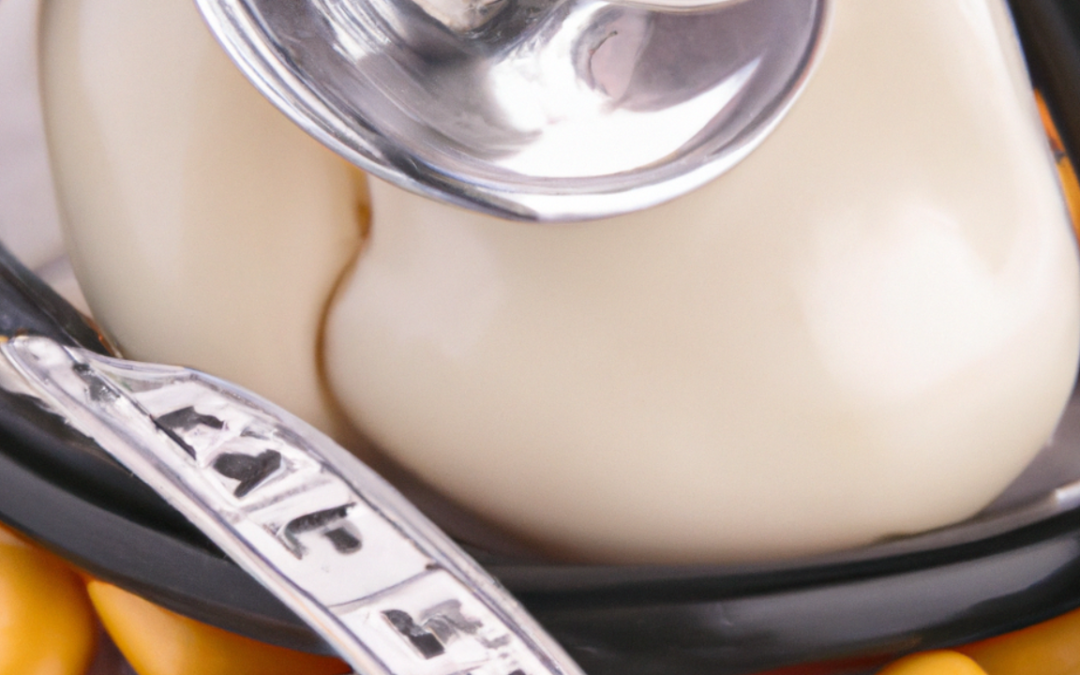Explore the rich world of black tea—from Assam to Darjeeling, brewing tips, health benefits, and cultural traditions, one cup at a time.

Exploring the Connection Between Chia Seeds and Bowel Movements
Exploring the Connection Between Chia Seeds and Bowel Movements
Good gut health depends on how your bowels move. Regular trips to the toilet help your body flush out waste. This keeps your digestion working well. When bowel habits are irregular — for example, with constipation — it can cause bloating, discomfort, and other digestive issues.
Plenty of people are looking into natural ways to help their stomachs. People are talking about chia seeds a lot lately. Beyond their robust nutritional content, chia seeds actively facilitate digestive wellness.
Introducing Chia Seeds and Their Nutritional Benefits
Chia seeds ( Salvia hispanica L. ) have become popular for good reason. Often hailed as a superfood, they provide:
High fiber content (about 10 grams per ounce), including both soluble and insoluble fiber
Healthy fats , including omega-3 fatty acids like ALA (alpha-linolenic acid)
Plant-based protein with essential amino acids
Antioxidants that combat oxidative stress and free radicals
Key minerals , including calcium, iron, zinc, manganese, and selenium
Vitamins , particularly B vitamins
These nutrients can support heart health, help maintain stable blood sugar levels, and promote digestive wellness when included as part of a balanced diet.
Ready to show your heart some appreciation? When you eat chia seeds as part of a balanced diet, their nutrients can help keep your cholesterol and blood pressure at healthy levels.
However, they should not replace medical treatments or professional advice. Manages high blood pressure and ameliorate cholesterol levels
The Link Between Chia Seeds and Bowel Movements
Chia seeds contain significant amounts of dietary fiber, particularly soluble fiber, which absorbs water and forms a gel-like texture in the digestive tract. When stools become softer, they move through your system more smoothly, which often brings relief from being blocked up.
One report in the Curious about new food discoveries or how food production works? Look in the journal. Imagine chia seeds soaking up water like tiny sponges; that’s how they help your gut.
Your digestion gets a boost. This means you’ll have easy, regular trips to the bathroom. Some people try an ‘internal shower’ drink — a trend involving soaking chia seeds in water — as a way to increase fiber intake and hydration.
However, this is not a medical treatment, and it may not be suitable for everyone. Speak with a healthcare professional if you have digestive issues.
Possible benefits include:
Supporting regular bowel movements
Easing occasional constipation and potentially helping with chronic constipation
Contributing to overall digestive comfort
May help support digestive comfort in some individuals, but evidence is limited and effects can vary.
People with IBS should consult their healthcare provider before making changes.
However, individual responses vary, and chia seeds should not be used as a replacement for medical treatment, especially for those with diagnosed conditions like irritable bowel syndrome.
How to Incorporate Chia Seeds for Digestive Support
When using chia seeds to support digestion and create an internal shower effect, it is important to consume them with enough liquid to avoid discomfort and potential dehydration.
Ways to add chia seeds to your diet:
Chia pudding: Mix chia seeds with milk or a plant-based alternative and refrigerate overnight.
Smoothies: Blend in for extra fiber and texture.
Baked goods: Add to muffins, breads, or homemade bars.
Oatmeal and soups: Stir in for a subtle fiber boost.
Salads: Sprinkle for added crunch.
Tip: To help with bowel movements, soak 1–2 tablespoons of chia seeds in water for at least 15 minutes before consuming. This creates a simple internal shower drink that may aid digestion.
Easy Chia Seed Recipes
Chia Seed Breakfast Bowl
Ingredients:
2 tablespoons whole chia seeds
1 cup almond milk
1 teaspoon honey (optional)
Fresh berries and banana slices
Instructions:
Combine chia seeds and almond milk in a bowl.
Let sit for 10–15 minutes (or overnight in the fridge).
Stir in honey and top with fresh fruit.
Chia Energy Balls
Ingredients:
1 cup dates
1 cup mixed nuts (such as almonds or walnuts)
2 tablespoons ground chia seeds
2 tablespoons cocoa powder
1 tablespoon honey
Shredded coconut (optional)
Instructions:
Blend dates and nuts in a food processor until crumbly.
Add ground chia seeds, cocoa powder, and honey. Pulse until combined.
Form into small balls and optionally roll in shredded coconut.
Refrigerate for about 1 hour before serving.
Additional Tips for Digestive Health
Besides chia seeds, these habits can also support regular bowel movements and overall gut health:
Eating a variety of whole foods, including fruits, vegetables, legumes, and whole grains for dietary fiber.
Staying well hydrated throughout the day to support the function of soluble fiber in the gut.
Exercising regularly to stimulate digestion and promote gut motility.
Including probiotics (such as yogurt and fermented foods) and prebiotics (fiber-rich foods) to support a healthy gut microbiome and beneficial intestinal flora.
Safety Considerations
Start gradually: Begin with small amounts to let your digestive system adjust and avoid overwhelming your gut bacteria.
Stay hydrated: Chia seeds absorb a large amount of water, so extra fluids are essential to prevent dehydration and support the internal shower effect.
Practice moderation: Limit intake to about 1–2 tablespoons per day to reduce the risk of bloating or gas, which can be common IBS symptoms.
Check with your healthcare provider: Especially if you have digestive disorders or take medication that might affect your gastrointestinal tract.
The main takeaway.
Looking for a simple addition to your plate that helps your tummy? Chia seeds slide right into a balanced diet and are great for happy digestion.
For individuals experiencing constipation, increasing fiber intake (from sources such as chia seeds) along with adequate hydration may help soften stools and support more regular bowel movements.
Always check with a healthcare professional if you have persistent digestive issues.
Want a happy gut? Chia seeds are loaded with fiber and omega-3s your body needs. You’ll help your heart and feel better all over by getting these nutrients in your balanced diet. However, chia seeds are not a substitute for medical treatments.
As always, individual responses can vary, and chia seeds should be enjoyed alongside other healthy habits rather than used as a sole solution for digestive issues or other health concerns.
Frequently Asked Questions (FAQs)
How long before chia seeds help with bowel movements? Many people notice effects within a few days when consuming chia seeds regularly and staying hydrated, especially when used as part of an internal shower routine.
When is the best time to consume chia seeds? Morning is often preferred to help support digestion throughout the day, but they can be consumed at any time.
Can I eat chia seeds raw? Yes, but soaking them first can improve digestibility and reduce potential discomfort. Both whole chia seeds and ground chia seeds can be consumed.
Are there any adverse effects linked to chia seed intake? If consumed in excess or without enough water, they may cause bloating, constipation, or diarrhea. Eating lots of fiber can sometimes give folks a stomachache, especially if their body doesn’t handle it well.
So, can a spoonful of chia seeds truly stand in for your usual fiber pills? As a natural fiber, they significantly augment your dietary consumption. Consult a healthcare provider or registered dietitian before stopping any supplement.
Many people wonder: Will chia seeds cause constipation? When eaten with adequate water, chia seeds typically help bowel movements. Without enough fluid, however, they may contribute to constipation due to their high fiber content.
References
Ullah, R., Nadeem, M., & Khalique, A. (2016). Nutritional and therapeutic perspectives of chia (Salvia hispanica L.): a review. Journal of Food Science and Technology , 53(4), 1750–1758.
About This Article
This article is intended for general informational and educational purposes only. You’ll find this advice comes straight from public studies and the common sense rules for healthy eating. It is not authored by a medical professional and does not constitute medical advice. For any major diet shifts or health questions, always talk to a medical professional first.
Call to Action
Start small — try sprinkling chia seeds into one of your meals today and see how your body responds. When consumed with adequate fluid intake and in sensible quantities, these minute seeds contribute positively to digestive regularity. Consider incorporating them into an internal shower drink or adding them to your favorite whole foods for an easy nutritional boost.
RELATED POSTS
Exploring Unique and Intriguing Varieties of Black Tea
Discover the Best Natural Remedies for Anxiety and How to Lower Stress
Discover natural remedies and simple ways to reduce anxiety and stress for a calmer, healthier mind and improved well-being.
30 Easy Healthy Meal Ideas for Breakfast, Lunch & Dinner
Discover 30 healthy meal ideas for breakfast, lunch, and dinner. Get easy, balanced recipes to boost energy, support weight loss, and improve overall health.
FOLLOW DISCOVERY BLOGGER













